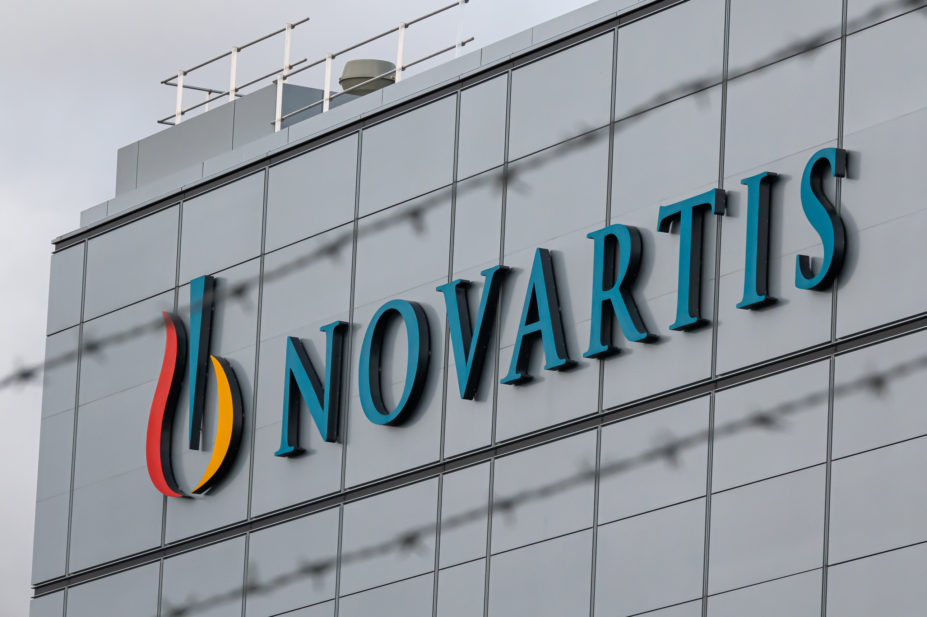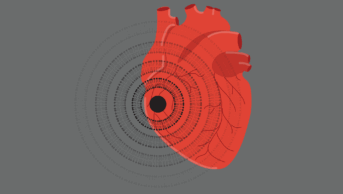
Shutterstock.com
A “novel” anti-cholesterol drug that can be administered in primary care has been recommended as an option for patients with primary hypercholesterolaemia or mixed dyslipidaemia, who have a history of cardiovascular events, draft final guidance from the National Institute for Health and Care Excellence (NICE) says.
A statement from NICE, published on 1 September 2021, described inclisiran (Leqvio, Novartis) as “a new type” of cholesterol-lowering treatment, which uses RNA interference to boost the liver’s ability to remove harmful cholesterol from the blood.
Inclisiran can be given in primary care settings as a twice-yearly injection — on its own, or alongside statins or other cholesterol-lowering drugs — to people with high cholesterol who have already had a previous cardiovascular event, to reduce the chances of them having another.
The guidance states that the the manufacturer, Novartis, had proposed that inclisiran would be given “by a nurse” in a primary care setting. In contrast, currently available treatments, such as alirocumab and evolocumab, are usually prescribed in secondary care.
NICE’s recommendation follows an agreement on a population-level commercial deal between NHS England, NHS Improvement and Novartis to make the drug available with a discount to its list price.
“Inclisiran represents a potential game-changer in preventing thousands of people from dying prematurely from heart attacks and strokes,” said Meindert Boysen, deputy chief executive at NICE and director of the Centre for Health Technology Evaluation.
“We’re therefore pleased to be able to recommend it as a cost-effective option on the NHS, supported by the groundbreaking deal between NHS England and NHS Improvement and Novartis — a deal that could see as many as 300,000 people with high cholesterol or mixed dyslipidaemia, who have already had a previous cardiovascular event, receive the drug over the next three years.”
Rani Khatib, consultant pharmacist at Leeds Teaching Hospitals NHS Trust, and lead author of NHS England’s Accelerated Access Collaborative lipid management pathway and accompanying statin intolerance pathway, said NICE’s recommendation would offer another option for managing lipids.
“It is the first of its kind, in terms of mode of action and the frequency of administration,” he said. “Twice-a-year administration is unique and likely to improve adherence. However, it is important to remember that we are still awaiting cardiovascular outcome data for this new medicine despite its good lipid lowering efficacy.”
“NICE hopes for inclisiran to be used in primary care; while this is welcomed, it will undoubtedly require a lot of investment and restructuring of the pathways for lipid management, as historically anything beyond statins and ezetimibe used to be escalated to secondary care,” he added.
“Pharmacy teams have many opportunities to support various parts of the lipids management pathway to achieve better optimisation of lipids.”
According to NICE’s release, clinical trial evidence shows that inclisiran may help lower cholesterol levels when other treatments have not reduced them enough.
However, there is no data directly comparing inclisiran with the other treatments — ezetimibe, alirocumab or evolocumab — and no long-term evidence on its effect on cardiovascular outcomes. As a result, the clinical evidence and cost-effectiveness estimates are “very uncertain”, the guidance says.
NHS England and NHS Improvement, which will commission the rollout of inclisiran with immediate effect, estimates that around 300,000 people will receive inclisiran by year three of the rollout, helping to prevent 55,000 heart attacks and strokes, as well as potentially saving 30,000 lives in 10 years.


